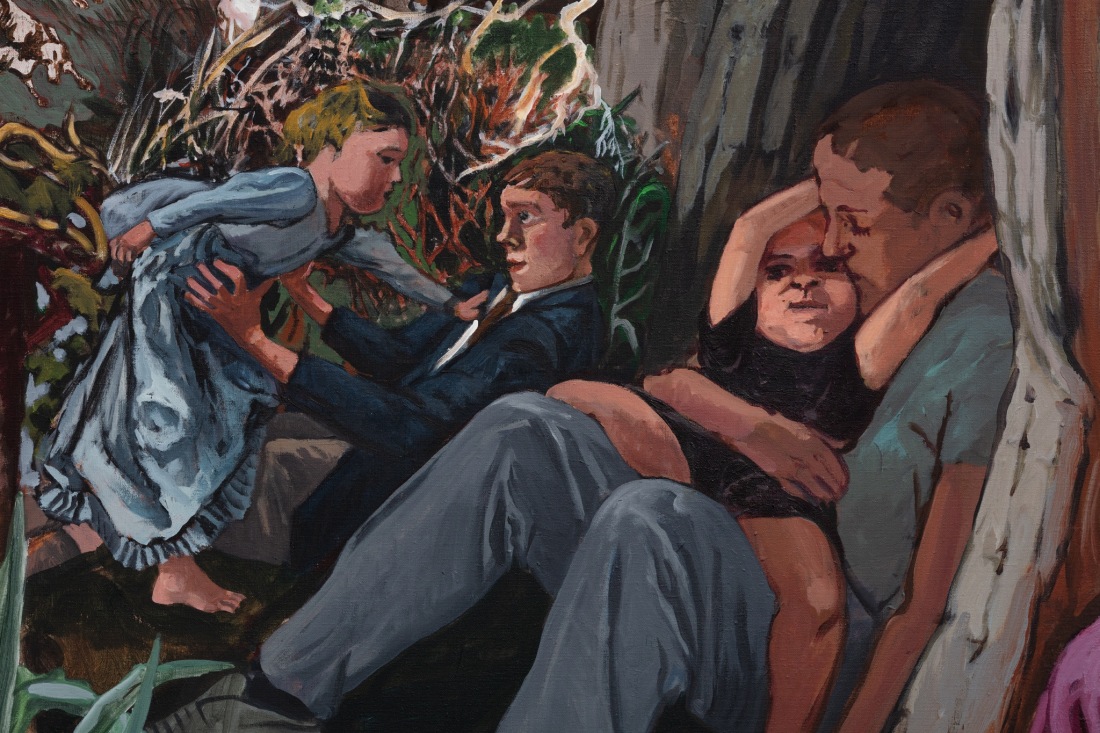Rego’s son Nick Willing—whose cinematic portrait of his mother, a documentary released in 2017 called Paula Rego, Secrets & Stories, provides the most dauntingly honest account of her life and work—unlocked the imagery of this work so vividly that it seems right to quote it verbatim opposite its reproduction in this publication.
As so often with Rego’s work, a single painting can be accessed in more than one way, even by the artist herself, no single reading cancelling out the others. Paula’s elder daughter, Caroline, has her own interpretation of this story, which takes as its title the Latin term for Charity, one of the three theological virtues. She sees the picture as a transgressive one anchored in the image of a woman breast-feeding an imprisoned old man, possibly a stand-in for the artist’s own father: a "mash-up of conflicting emotions", kindness sitting alongside a creepiness, goodness with sexual impropriety. As art historian Catherine Lampert has persuasively argued, the theme of Caritas romana (Roman charity)—in which a woman secretly breastfeeds her incarcerated father to prevent him from dying of starvation—is explicitly referenced here as a metaphor for "the nourishing aspect of youth in the face of ageing."
